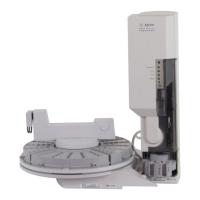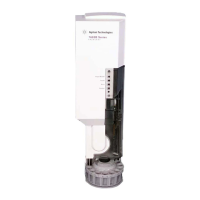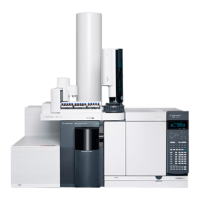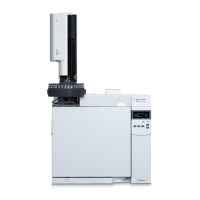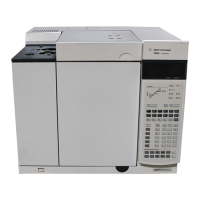Special Topics
Performing cool on-column injection onto 250-µm and 320-µm columns
158
on-column injections. If this is the case, reinstall the insert and the
column.
Figure 79. Verifying column installation
If you are using a retention gap, read the following section.
Using retention gaps and other precolumns
Precolumns are columns connected in front of the analytical column. They are
commonly used to protect the analytical column from contamination.
A retention gap is a deactivated, uncoated (or thinly coated) precolumn. It is
used to increase sample resolution and decrease peak splitting. Retention gaps
have the effect of reforming broad injection bands at the head of the column.
When you inject a sample, the sample at first exists as both gas vapor and
microdroplets. Without a retention gap, the gas vapor begins partitioning
immediately at the stationary phase. The microdroplets, however, are carried
farther into the column by carrier gas and cause loss of resolution and peak
splitting. The addition of a retention gap in front of the column prevents this
premature partitioning until all the microdroplets are vaporized.
In general, the length of the retention gap required and type of deactivation
depend on injected volume and solvent polarity. A working rule of thumb is to
use 1 m of retention gap per microliter injected. For a 3-µl sample, use a 3-m
Syringe
12 mm or less
Septum nut
